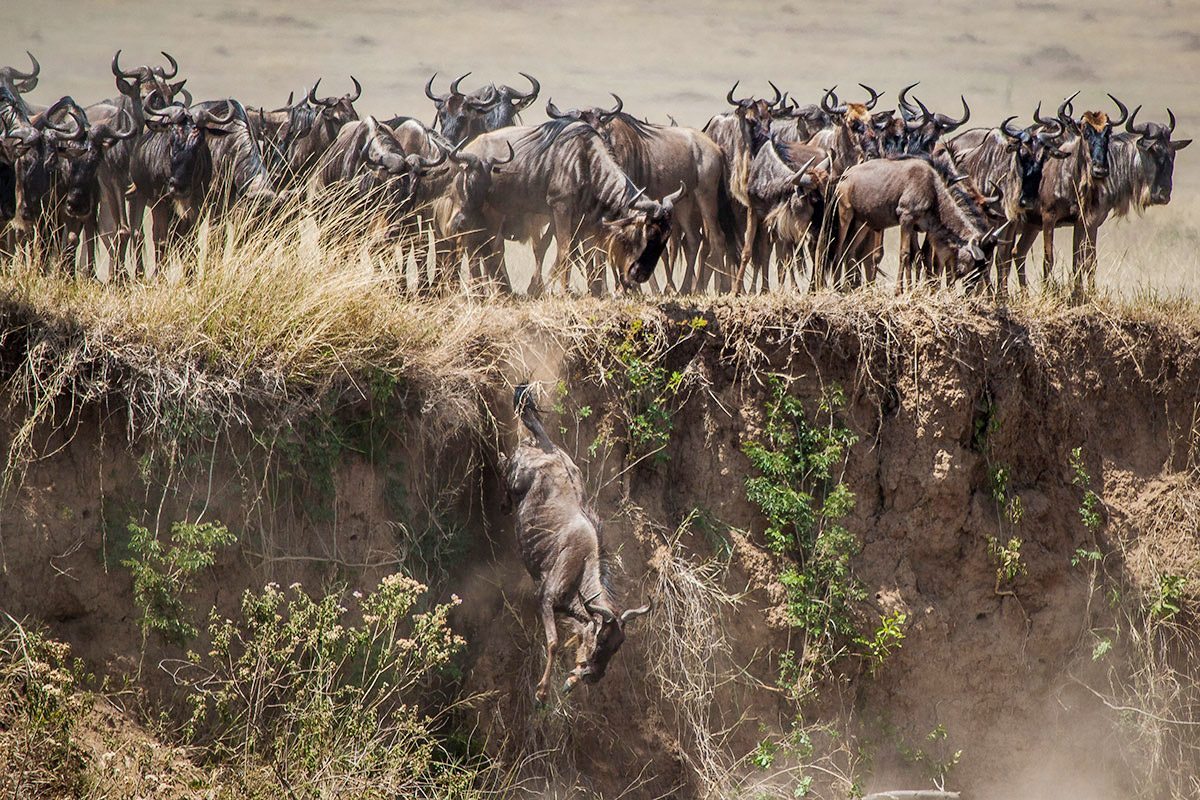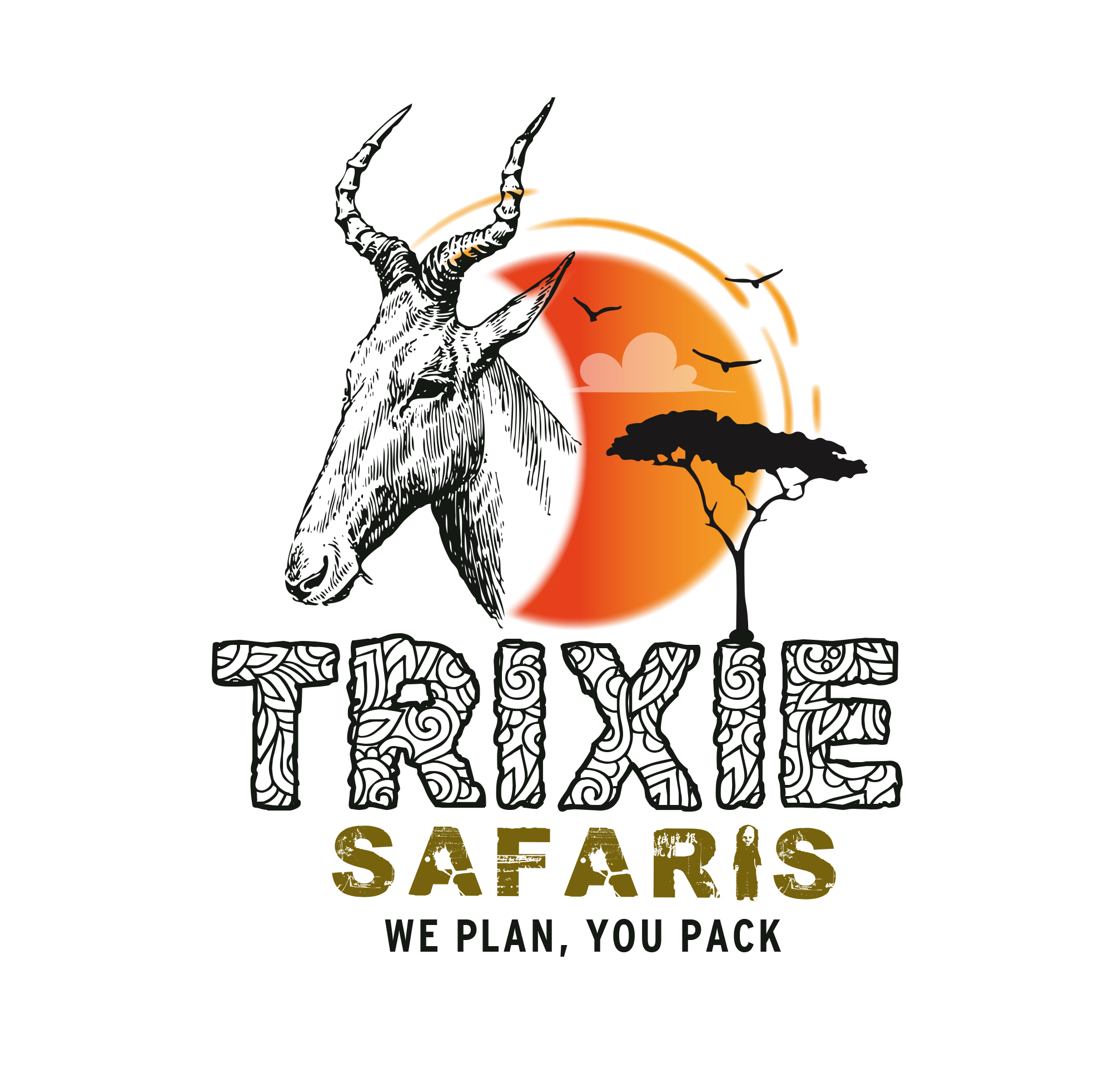Safari Frequently Asked Questions

Embarking on a safari in Tanzania is a once-in-a-lifetime experience, offering the opportunity to witness breathtaking landscapes and incredible wildlife. Whether it’s your first safari or you’re a seasoned traveler, there are many things to consider when planning your trip. To make your adventure as seamless and enjoyable as possible, we’ve answered some of the most common questions about going on safari in Tanzania.
From what to pack to the best times to visit, here’s everything you need to know before you start your journey with Trixie Safaris!
The best time for a safari in Tanzania is during the dry season, which runs from June to October. This is when the weather is cooler, and animals are easier to spot around waterholes. It’s also the time of year when you can witness the Great Migration crossing the Mara River in northern Serengeti. However, Tanzania is a year-round safari destination, and each season offers unique experiences.
Packing for a safari requires careful planning. Essential items include:
- Light, neutral-colored clothing for daytime.
- A warm jacket for early mornings and evenings.
- Comfortable walking shoes.
- A wide-brimmed hat, sunglasses, and sunscreen.
- Binoculars for wildlife viewing.
- A camera with extra memory cards and batteries.
- Personal medications and insect repellent.
- A reusable water bottle to stay hydrated.
Trixie Safaris will provide you with a detailed packing list before your safari.
Tanzania is home to some of the most famous and diverse wildlife on the planet. On safari, you can expect to see:
- The Big Five: lions, leopards, elephants, rhinos, and buffalos.
- Other iconic species: giraffes, zebras, wildebeest, cheetahs, hippos, crocodiles, and various antelope species.
- Birdlife: Tanzania boasts over 1,000 bird species, including flamingos, eagles, and kingfishers.
The specific animals you’ll encounter depend on the time of year, the location, and a bit of luck!
The Great Migration is one of the most remarkable wildlife events in the world, where millions of wildebeest, zebras, and gazelles move in search of fresh grazing lands. This massive movement spans Tanzania’s Serengeti and Kenya’s Maasai Mara. The best times to witness the Migration are:
- June to July: River crossings in northern Serengeti.
- December to March: Calving season in the southern Serengeti plains.
It’s a spectacular sight and one of Tanzania’s main safari highlights.
The length of your safari depends on the destinations you wish to visit and your overall schedule. Typically, safaris range from 3 to 10 days. A 3-4 day safari can cover parks like Tarangire, Ngorongoro Crater, and Lake Manyara. For a more extensive experience, including the Serengeti and seeing the Great Migration, 7 to 10 days is ideal.
Tanzania is home to many incredible national parks, each offering unique experiences. Popular safari destinations include:
- Serengeti National Park: Famous for the Great Migration and the Big Five.
- Ngorongoro Crater: A UNESCO World Heritage site with diverse wildlife.
- Tarangire National Park: Known for its large elephant herds and baobab trees.
- Lake Manyara National Park: Renowned for tree-climbing lions and birdlife.
Tanzania offers a range of safari accommodations, from budget-friendly camping to mid-range lodges and luxurious tented camps. At Trixie Safaris, we provide options to suit every traveler’s preferences, including:
- Camping: Basic tents with shared facilities.
- Mid-range lodges: Comfortable lodges with en-suite bathrooms and amenities.
- Luxury tented camps: Glamping-style accommodations in the heart of the wilderness with private bathrooms, gourmet meals, and stunning views.
While some lodges and camps offer Wi-Fi or internet access, it may be limited or unavailable in more remote areas. We recommend treating your safari as a digital detox to fully enjoy the natural beauty and experience the wild up close. Mobile phone service is available in many parts of Tanzania, but signal strength can be spotty in national parks.
On safari, you will enjoy a variety of fresh, delicious meals prepared by our camp chefs or lodge restaurants. Depending on your accommodation, meals typically include a continental breakfast, a packed lunch for game drives, and a three-course dinner. Vegetarian, vegan, or special dietary requirements can be catered to if you inform us in advance.
Yes, a safari is an excellent family adventure. Most parks in Tanzania welcome children, and many lodges offer family-friendly services. We do recommend selecting specific parks or lodges with child-friendly activities and considering game drives that are suitable for younger travelers.
Before coming to Tanzania, it is important to check with your healthcare provider about recommended vaccinations. Common vaccinations include Yellow Fever (mandatory if arriving from a Yellow Fever-endemic country), Hepatitis A, Hepatitis B, and Typhoid. Malaria is present in Tanzania, so we advise taking anti-malaria medication during your stay. Carrying insect repellent and wearing long-sleeved clothing during the evening can also help reduce the risk of mosquito bites.
Most travelers will require a visa to enter Tanzania. Visas can be obtained on arrival at major airports or border crossings, or you can apply online before your trip.
Be sure to check the visa requirements for your nationality before traveling.
Tipping is appreciated on safari, and the amount varies depending on the service provided. A general guideline is:
- Safari guide: $10-$15 per person per day.
- Cook: $5-$10 per person per day (if you’re on a camping safari).
- Lodge staff: Tipping is often pooled, and we suggest $5-$10 per day.
Please see our Trixie Safaris Tipping Policy for more details on tipping practices.
For game drives, we use 4×4 safari vehicles equipped with pop-up roofs, allowing for excellent wildlife viewing and photography.
Our vehicles are spacious, comfortable, and maintained to the highest standards, ensuring a safe and enjoyable safari experience.

